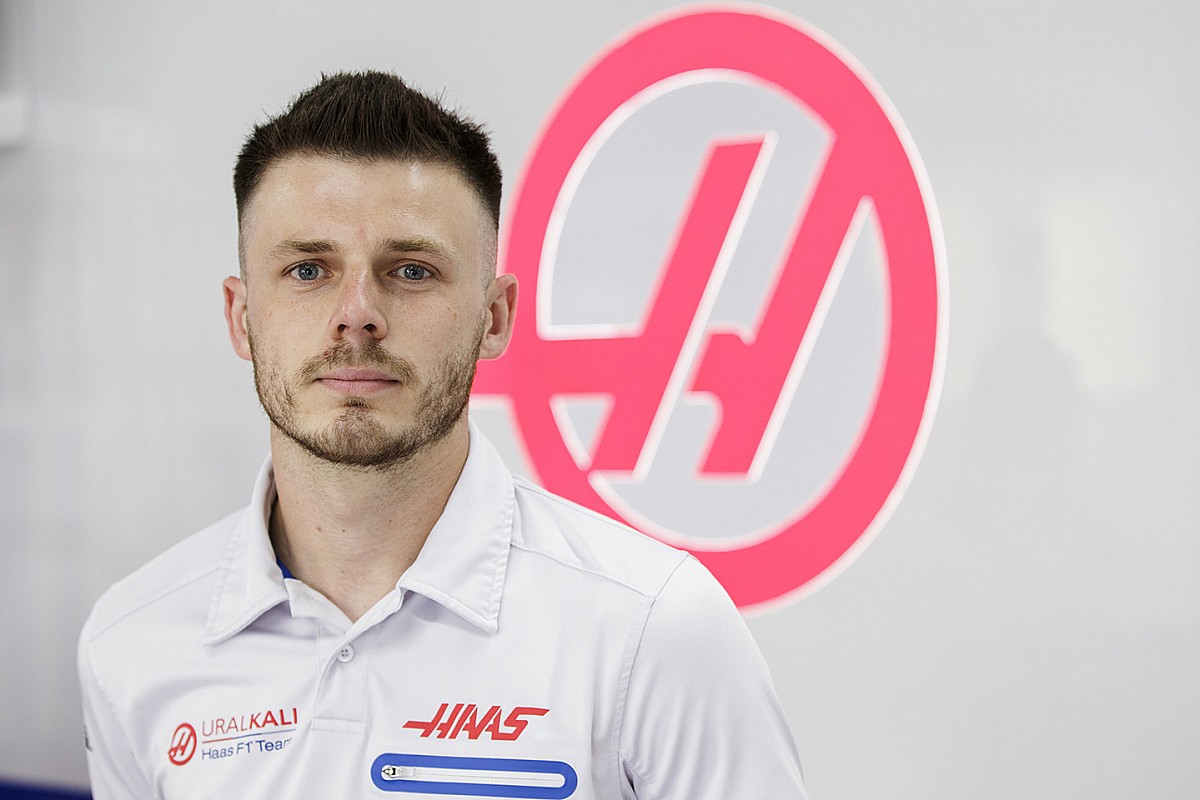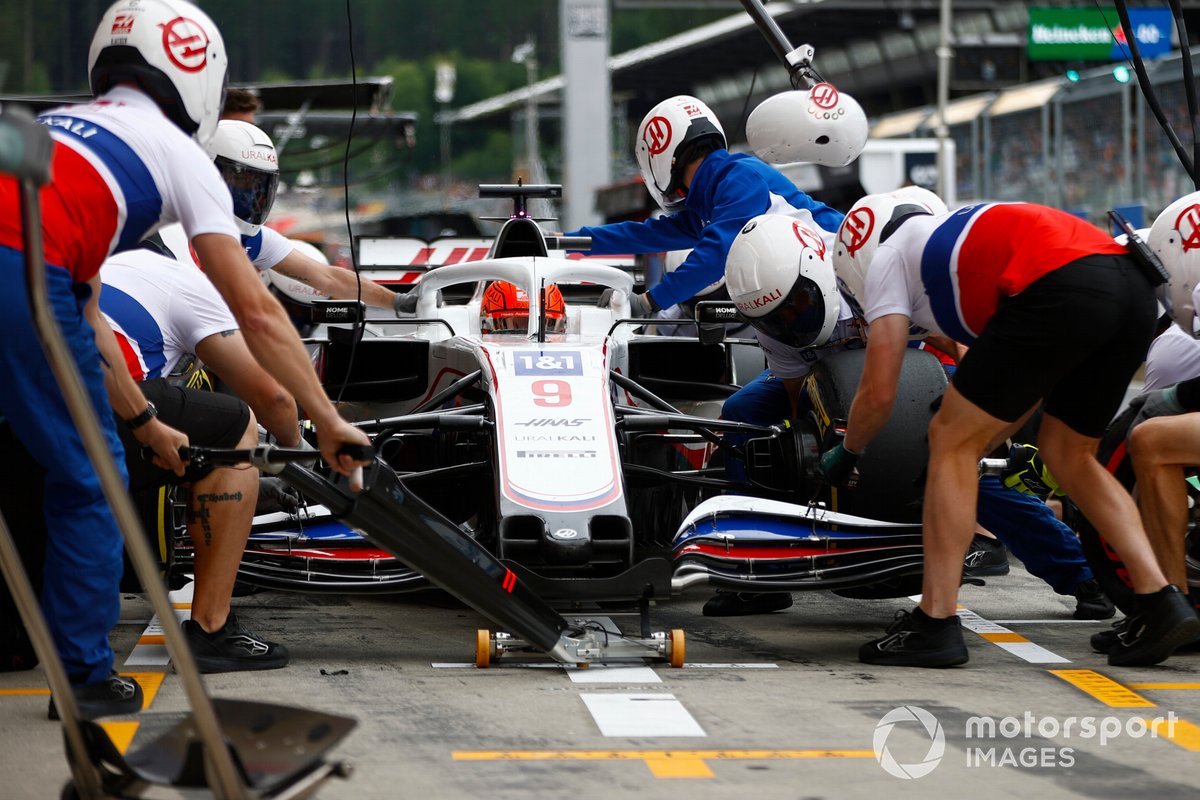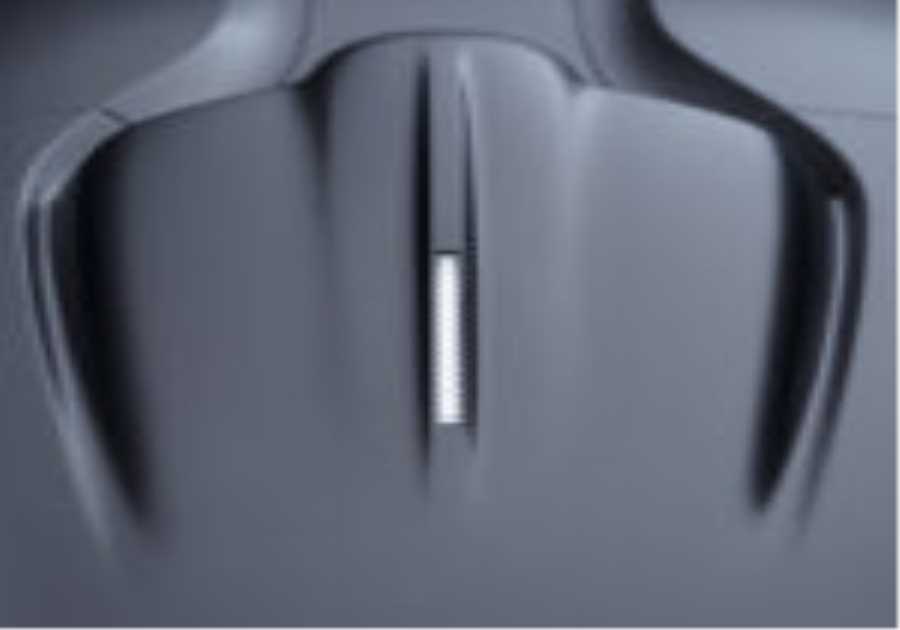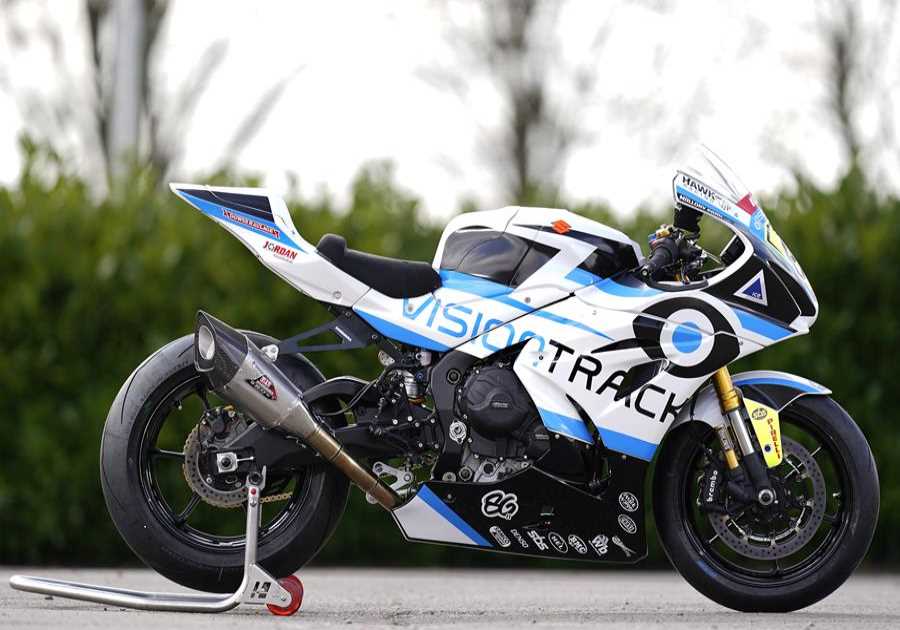
For a mechanic, there is certainly no better job than working for a Formula 1 team repairing the most advanced cars in the world, but how do you get there? What skills do you need, what qualifications and how do you get your foot in the door? To find out how a mechanic can get into Formula 1, we spoke to Elliot Parkes – the # 1 mechanic to Nikita Mazepin of the Haas F1 Team – to find out all about the job, and the parts that fans don’t see .
What is your role
I am the # 1 mechanic for Nikita Mazepin. I lead a team of # 2 mechanics and am responsible for the construction, reliability and safety of all aspects of the car.
How do you become a mechanic?
I left school and went to Motorsport College at Silverstone and started training there – from junior formula, work experience and freelance work or at the expense of your fuel. I finished my training with a Formula 3 team and got promoted to GP2 before finally switching to Formula 1.
What qualifications do you need?
None! Of course, getting your qualifications is useful to get your foot in the door at college or on a lower team if you hit the last two, for example, and this is taken into account.
Nikita Mazepin, Haas F1
Photo by: Andy Hone / Motorsport Images
What should you learn in school?
Anything technology related, like design technology in school, can be beneficial.
What other skills are useful?
You should have a good knowledge of mechanical systems. The best education you can give yourself is to make sure that you are the person who will fix your own bike when you are younger, taking things apart and playing around with them.
How can I gain work experience?
Ask around and be ready to get started for free. It’s the only way as there is very little money in the juniors formula page. Send in your résumé – even if it doesn’t say much yet – because it shows that you are interested. Show you are ready to travel, pay yourself to get to places, and sleep anywhere! These are all valuable experiences that are always noticed, even at this early stage.
Can you take part in races?
Yes, including tests.

Nikita Mazepin, Haas VF-21
Photo by: Andy Hone / Motorsport Images
What does a working day look like for you?
It’s usually an early start, with Friday being the longest day on the route. You come into the garage, make pit stops, have breakfast just before cheering and continue working until the first training session. Between sessions, depending on how well it went, you may just need to clean and refuel the car, but if it hasn’t gone so well, you can go full throttle until the start of the next session. We then prepare for the next day and the car will usually change a reasonable amount. Very often we run to the gate to make sure we’re off the track before the curfew goes into effect.
What role do you play in pit stops?
For the past few years I’ve been the shooter on the right front so manage this corner as you are the person who gives the OK. When you press this button, you need to be sure that everyone else has done their job, that it is safe and complete. When you hit the ‘Go’ button there is no going back. It’s a lot of responsibility and you have to trust the team around you to do their job too. You get used to pit stops and it becomes second nature. We practice so often, but rarely can it go wrong. This year is a year of learning for us, but when we fight for places or points, that pressure comes back.
This article was produced in collaboration with Motorsport Jobs. Find the latest jobs in motorsport, as well as jobs with the Haas F1 Team, on the Motorsport Jobs website.

The post How to Become a Number 1 Mechanic in Formula 1 – Qualifications, Skills & More first appeared on monter-une-startup.






